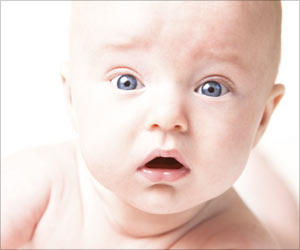Teenagers who have bad sleeping habits can face high blood pressure problems, according to a new study.
In a recent research, scientists tried to establish a link between poor sleep and high blood pressure in teenagers. Their results reveal that bad sleeping habits, even in healthy adolescents, places them at higher risk of developing high blood pressure problems.
From the analysis, researchers found that healthy teens (ages 13 to 16 years old) who slept less than 6.5 hours a night were 2.5 times more likely to have elevated blood pressure compared to those who slept longer.In addition, those with poor sleep, or low sleep efficiency - having trouble falling asleep or staying asleep - had, on average, 4 mm Hg higher systolic blood pressure (the top number) and were 3.5 times more likely to have prehypertension or hypertension than their peers who slept well.
Untreated high blood pressure can increase the risk for stroke and other cardiovascular diseases later in life.
"Sleep Quality and Elevated Blood Pressure in Adolescents" is published online in the August 19 issue of Circulation: Journal of the American Heart Association.
The findings are from a cross-sectional analysis of 238 adolescents ages 13 to 16 years old (average age of 14) enrolled in the Cleveland Children's Sleep and Health Study.
Sleep efficiency and duration was evaluated at home for three to seven nights, where teens completed a daily sleep log and wore a wrist device that measures movement to determine sleep and wake cycles.
Advertisement
Participants did not have sleep-disordered breathing or other known health conditions.
Advertisement
Source-ANI
TAN/M












